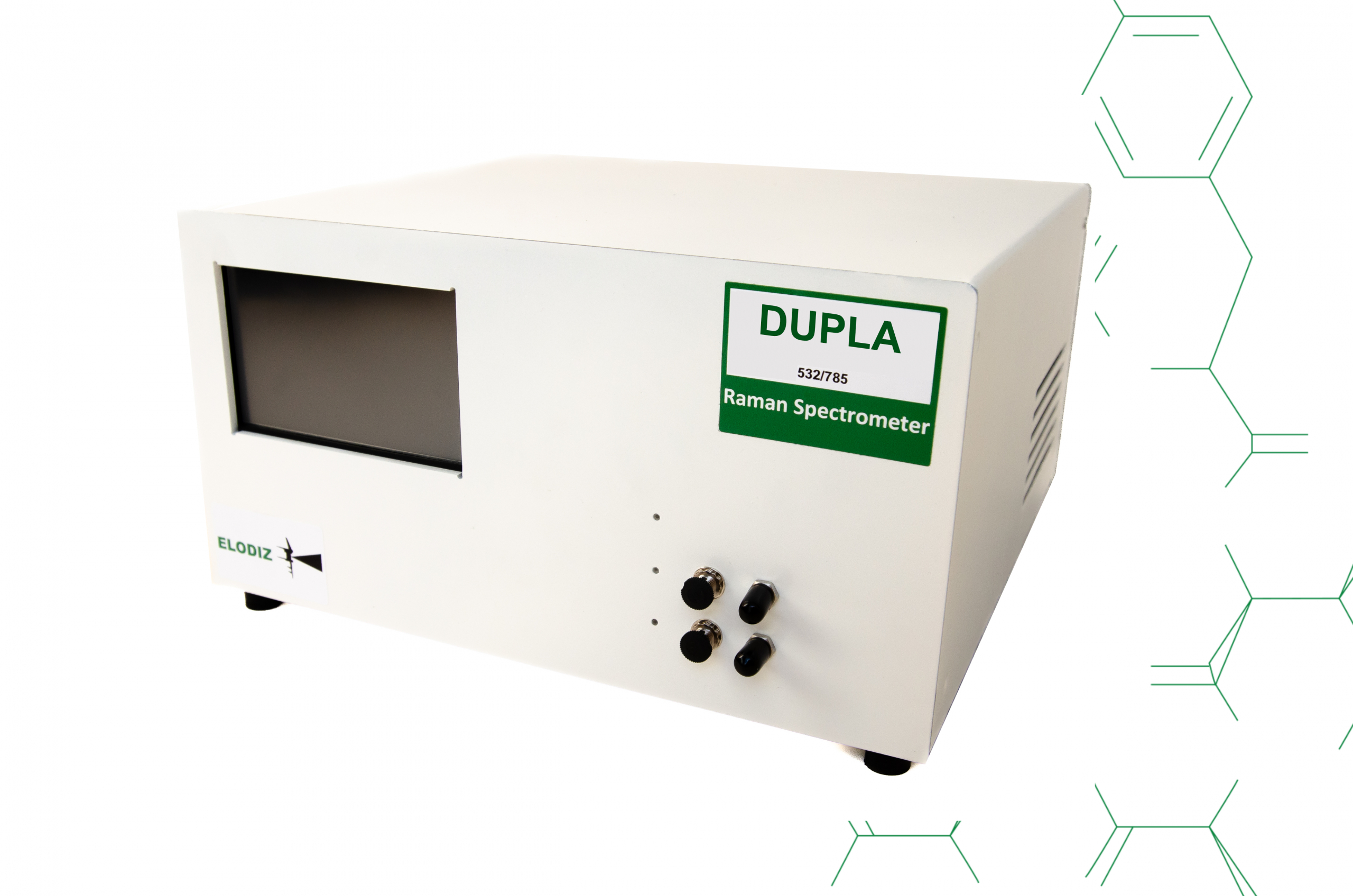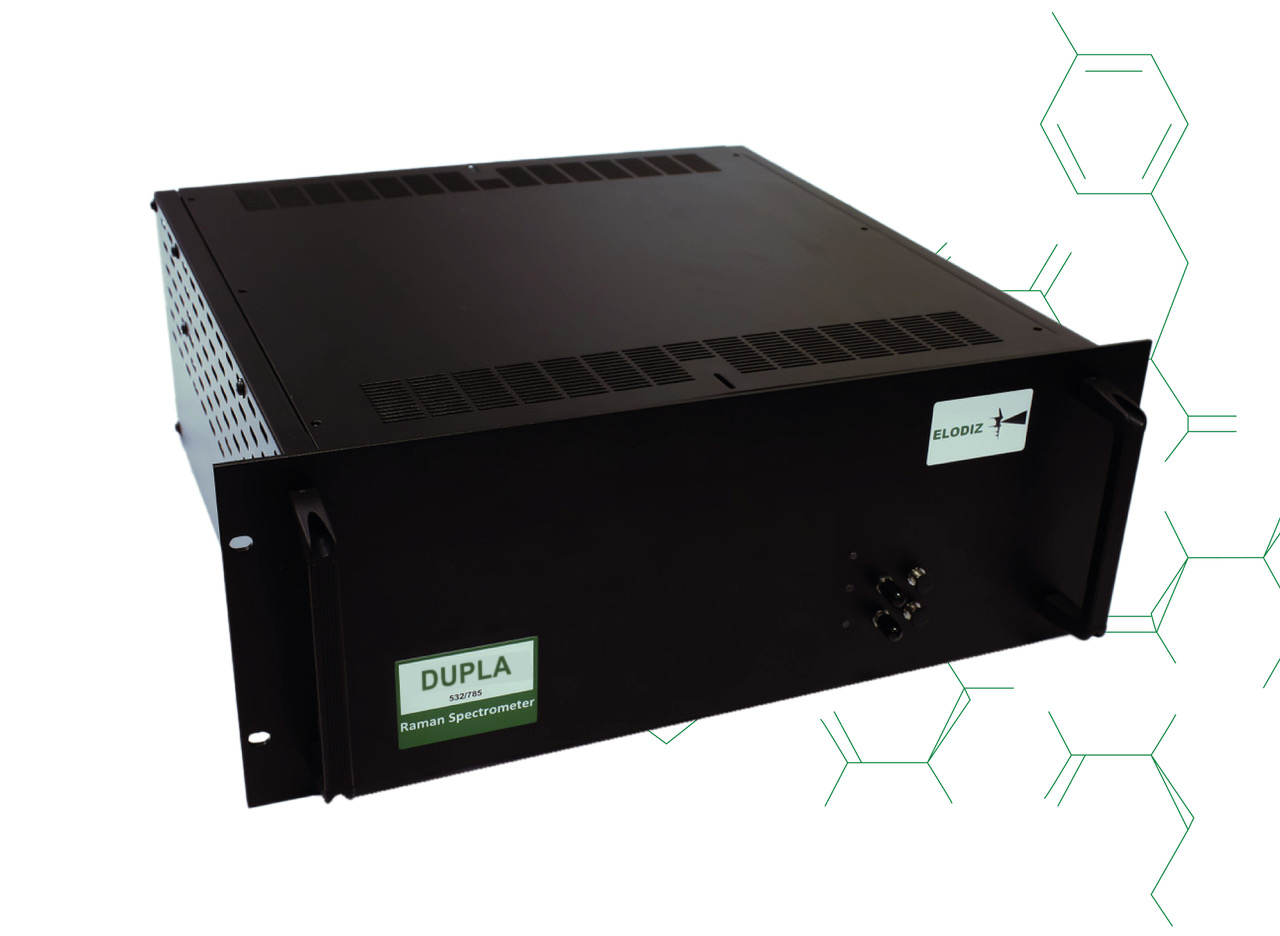Illuminating Skincare: A dive into cosmetics analysis with multi-wavelength portable Raman devices – spectroscopy with the ELODIZ Neegala System
by Dr Enrique Lozano & Dr James Thomson
Overview
Raman spectroscopy is a powerful analytical technique that has found numerous applications in various fields, including skincare analysis. It is a non-destructive method that uses the interaction of light with matter to provide detailed information about the molecular composition, structure, and phase of a sample. This is achieved by shining a monochromatic light source, such as a laser, onto the sample and analysing the scattered light.
In the context of skincare, Raman spectroscopy can be used to analyse the effects of creams and other skincare products on the skin. By comparing the Raman spectra of skin with and without creams, and the reference spectrum of the cream, we can gain insights into how the cream interacts with the skin at a molecular level. This can help in understanding the effectiveness of the cream, its absorption by the skin,
and its overall impact on skin health.

The use of Raman spectroscopy in skincare analysis is not just limited to the laboratory. With the advent of compact and portable Raman systems, such as the ELODIZ NEEGALA Raman system, it is now possible to carry out these analyses in a variety of settings. The ELODIZ NEEGALA Raman system, with its small footprint, is particularly suited for this application. Its compact size makes it a user-friendly and transportable tool, ideal for both laboratory and field use. The use of a single fibre optic probe simplifies the set up and reduces the risk of sample damage or contamination, as the sample only needs to be exposed to the probe once.
One of the unique features of the ELODIZ NEEGALA Raman system is its use of a single fibre optic probe that can contain both 532nm and 785nm laser lines for Raman excitation. This dual-wavelength capability allows for a more comprehensive analysis of the sample, as different compounds may respond differently to different wavelengths. This can provide a more complete picture of the skin’s response to the cream.
To test this, we performed a preliminary analysis of skin before and after the application of Nivea lip balm. We analysed the back of the hand, in the area between the index finger and the thumb. During our analysis of skin with the NEEGALA instrument and NEEGALA probe we were able to see that the skin spectrum differs between the area of skin where the lip balm was applied and not (green columns in Figure 1).
The Analysis


The 1443cm-1 appears to have the most impact, though it lines up with a peak from the skin only spectrum, which leaves uncertainty if the difference is just due to a slightly different area of skin.
The 1297cm-1 peak appears as a distinct shoulder peak to a larger skin only peak, implying that the balm is being detected.
In the CH region, some difference can be seen, but again the balm only peaks and skin only peaks overlap here, making it uncertain if the difference is entirely due to the balm or a slightly different part of the skin.
In conclusion, Raman spectroscopy, combined with the use of compact and versatile systems like the ELODIZ NEEGALA, can provide valuable insights into skincare analysis. It allows for a detailed understanding of the interaction between skincare products and the skin at a molecular level, aiding the development of more effective skincare products. As technology continues to advance, we can expect to see even more applications of Raman spectroscopy in skincare analysis in the future.
For more information please contact us at: info@elodiz.com



